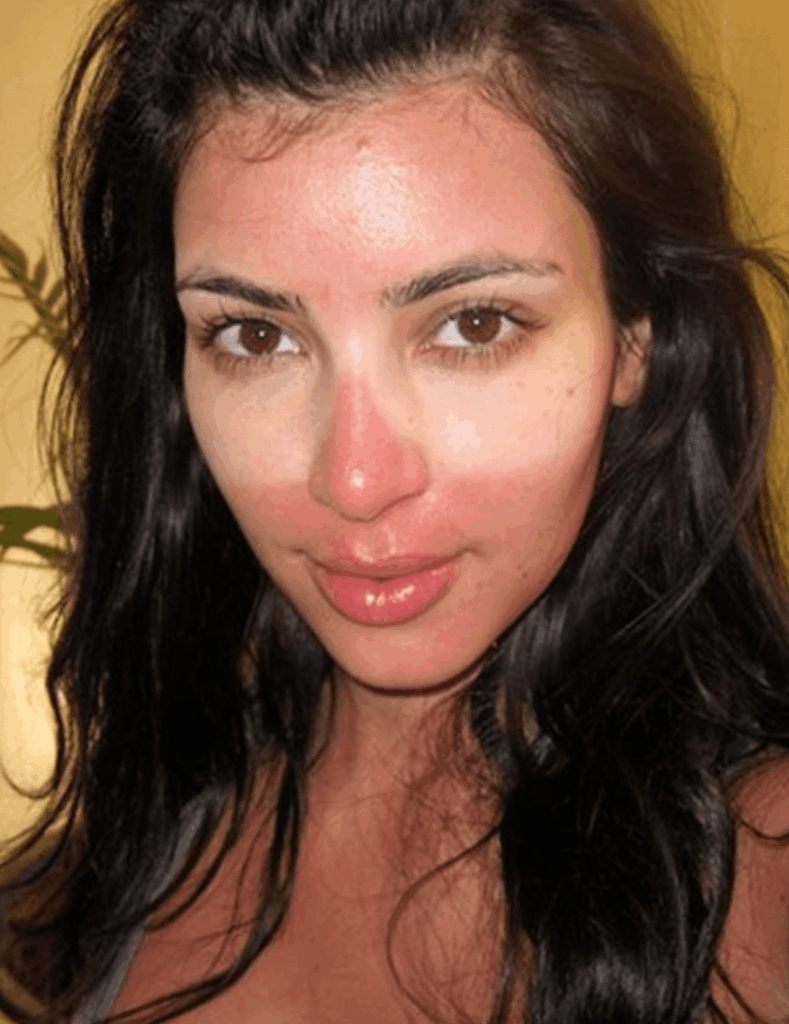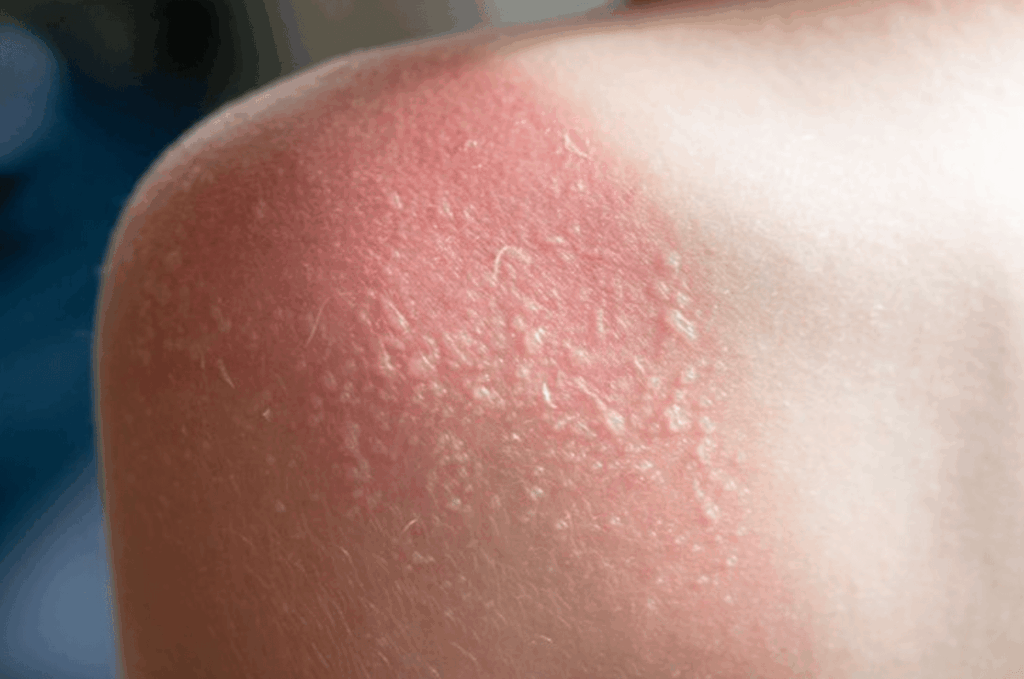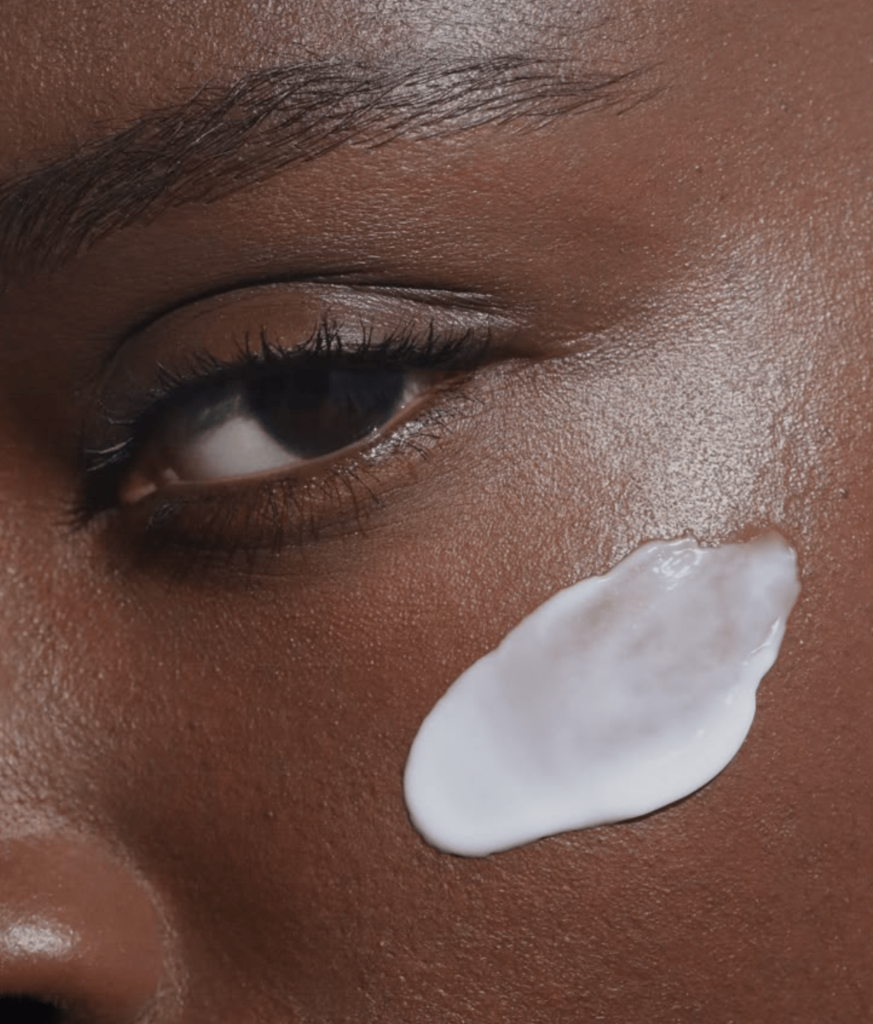This site contains affiliate links. I may earn a small commission, at no extra cost to you.
As we move into spring and summer, everyone wants to know – can you get sunburn on a cloudy day?
In this blog post I’ll make it crystal clear whether you can get sun damage, like sunburn, even with cloudy weather.
Can you get sunburn on a cloudy day? UV myths & truths
Table of Contents
What is sunburn?

It’s a common misconception that a sunburn is just a painful, unfortunate reaction to the sun, that lasts a few days and clears up.
Not enough people realise the true risk of sunburn! Even if it’s minor and not a bad sunburn, the effects can last for years.
A lot of experts agree that it would be better to rename sunburn to ‘radiation burn‘, so that it might be taken more seriously.
When you get too much UV exposure from the sun’s rays, your body sees this as a threat.
As a result, your immune cells cause your outermost layer of cells to die off and shed!
That’s right, your cells literally decide it’s too risky to continue replicating, and choose to shed and die instead.
Avoid these symptoms of sunburn:
- Red face – blood vessels are dilating due to injury
- Skin feels hot or warm
- Skin looks pink – this means injury has already occurred, and you need to sit in the shade
UVA rays vs UVB rays for tanning and burning

This brings us to the different types of UV rays.
The core to types of UV light that impact your risk of skin cancer and sun damage are UVB and UVA.
You can try to remember UVA – for ageing, and UVB – for burning.
On very sunny days, there will be a lot more UVB rays hitting your skin.
Therefore your risk of burning is significantly higher on sunnier days, however UVB rays are still present even with cloud cover.
Personally, I’ve been absolutely cooked by the sun on a cloudy day! And this was in the UK, whether the sun is basically absent.
However, even when it’s cold winter’s day, there is always UVA present.
These are the rays responsible for breaking down collagen in unprotected skin.
This is why, if you care about premature aging such as fine lines and wrinkles, you’ll want to get a broad-spectrum sunscreen.
This is a sunscreen that protects from both UVA and UVB. Check out my list of the best sunscreens for acne prone skin.
Different types of sun damage on the face

There are lots of different types of sun damage – it’s not just limited to sun burn!
With all outdoor activities and UV exposure, your risk of sun damage increases.
Sun damage symptoms usually show up later in life, with the damage accumulating throughout your life.
The most common sun damage symptoms include:
- Sunburn
- Premature ageing
- Sun spots, liver spots and dark marks
- Actinic keratosis
- Broken capillaries
What’s happening with all of these is the sun’s harmful UV rays essentially breaking down the skin’s structure.
Wearing sunscreen protects against these changes from direct sunlight, so your skin stays looking younger for longer.
Long-term skin damage can take years to show up, but once it’s here it can be very hard to get rid of.
Do clouds stop you from tanning?

Just as often as ‘can you get sunburn on a cloudy day?’ is asked, so is ‘do clouds stop you from tanning?’.
Ultimately, you can both burn and tan on a cloudy day.
People who tan easily on a sunny day will still tan on an overcast day, and sensitive skin that often burns will still burn.
So, can you get a sunburn on a cloudy day?

The unfortunate truth is that yes you can absolutely still get a sunburn on a cloud day.
If you’re on holiday in a sunny place, or even in a UK summer, sunburn can still find you!
Your best option is to wear an adequate sun protection factor, like SPF50, and reapply if you’re very exposed.
Sun-protective clothing is also a great option. Such as:
- Sunglasses to prevent eye damage
- A wide-brimmed hat so the sun isn’t on your face for long periods of time
- Long sleeves if you want to be in the water a lot, especially for young children
- Taking shelter under an umbrella on the beach
- Avoid spray sunscreens for the face, as their protection is limited
Do I need to wear sunscreen if UV index is 0?

The UV index has become quite popular to monitor as sunscreen has become a more mainstream skincare product.
However, it does not account for all UV levels – it only measures UVB radiation in your local area.
There wouldn’t be much need for it to monitor UVA, since it is largely the same all year round.
What this means for your sun protection routine:
- All skin types should wear sunscreen daily, if premature ageing is a concern
- If you care about future harmful effects, such as skin cancer, daily sunscreen is important
- You need a broad spectrum sunscreen to cover both UVA and UVB rays
Ultimately, any type of excessive sun exposure, whether or not there are clouds, will result in skin changes.
You should wear sunscreen daily if your health is a top priority, it’s not just for vanity purposes!
This was Can You Get Sunburn on a Cloud Day? You may also like:
- Should I wear sunscreen everyday even in winter?
- Dermatica vs Skin and Me Review: Which is Better for Acne?